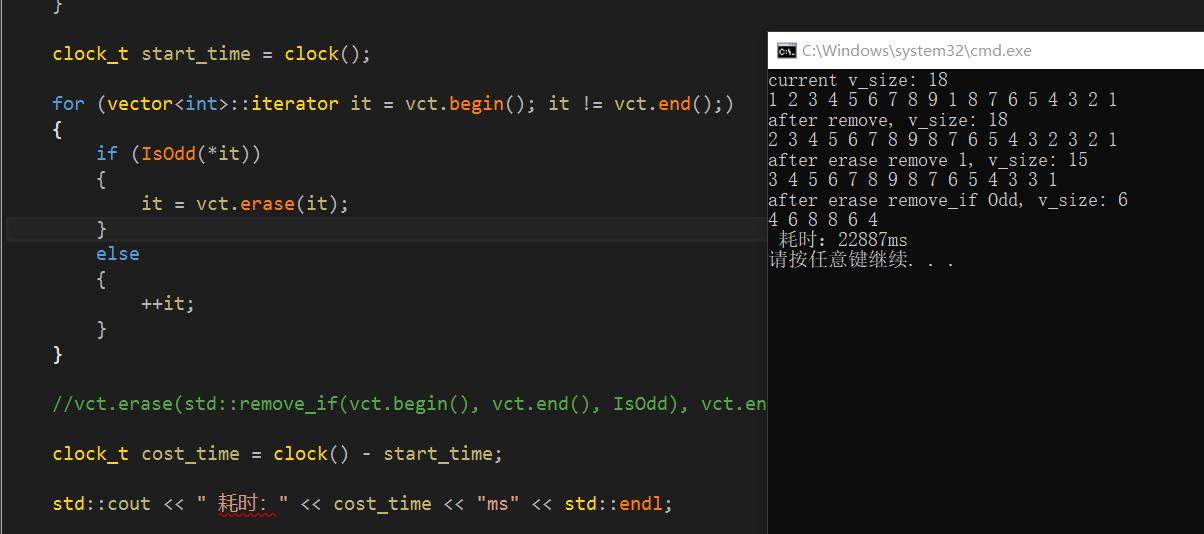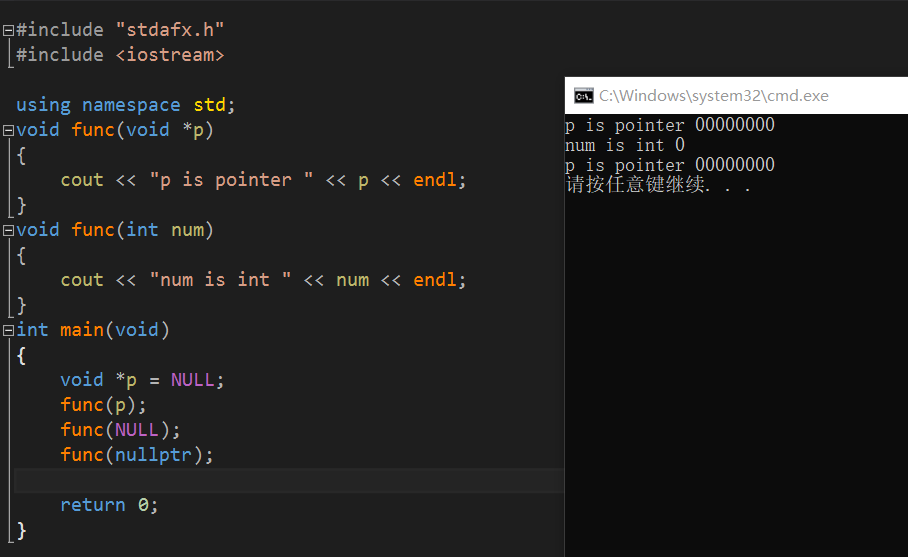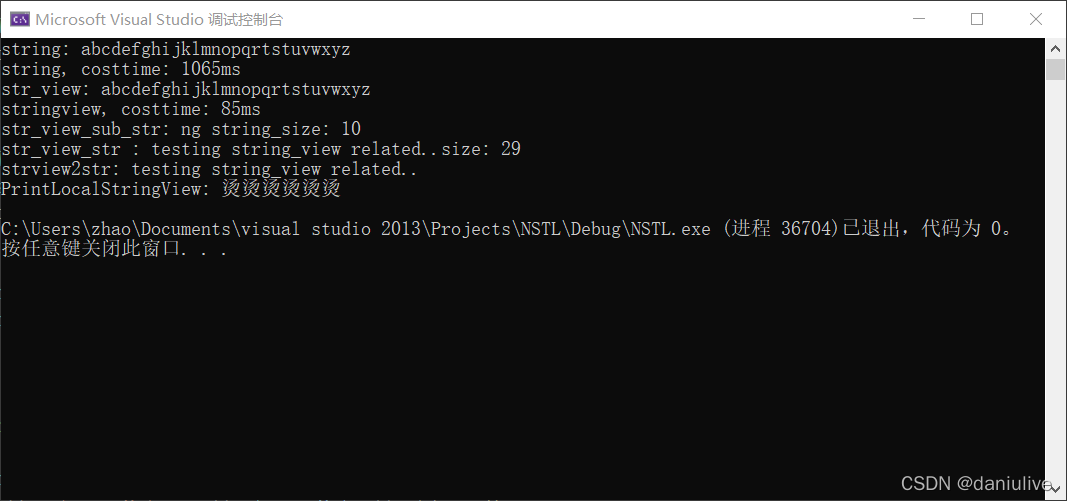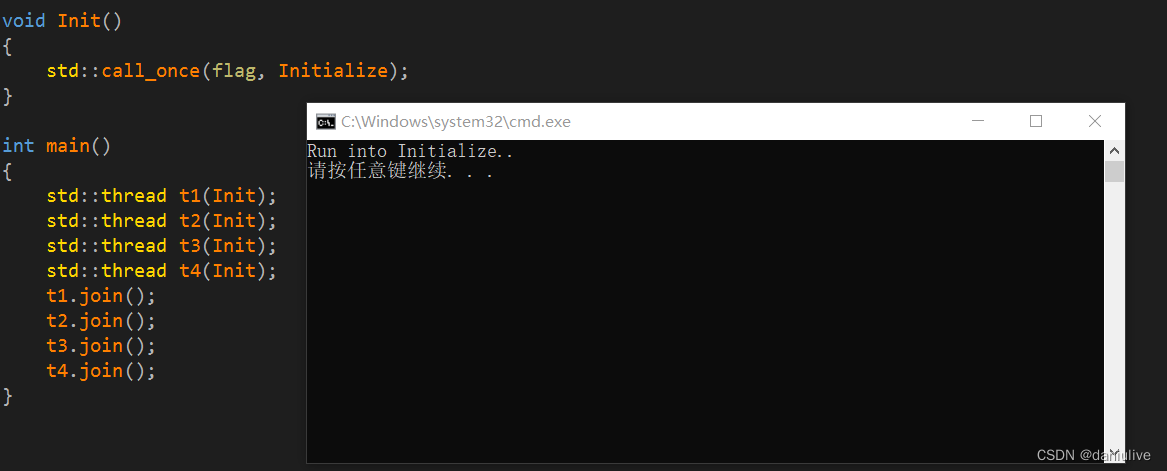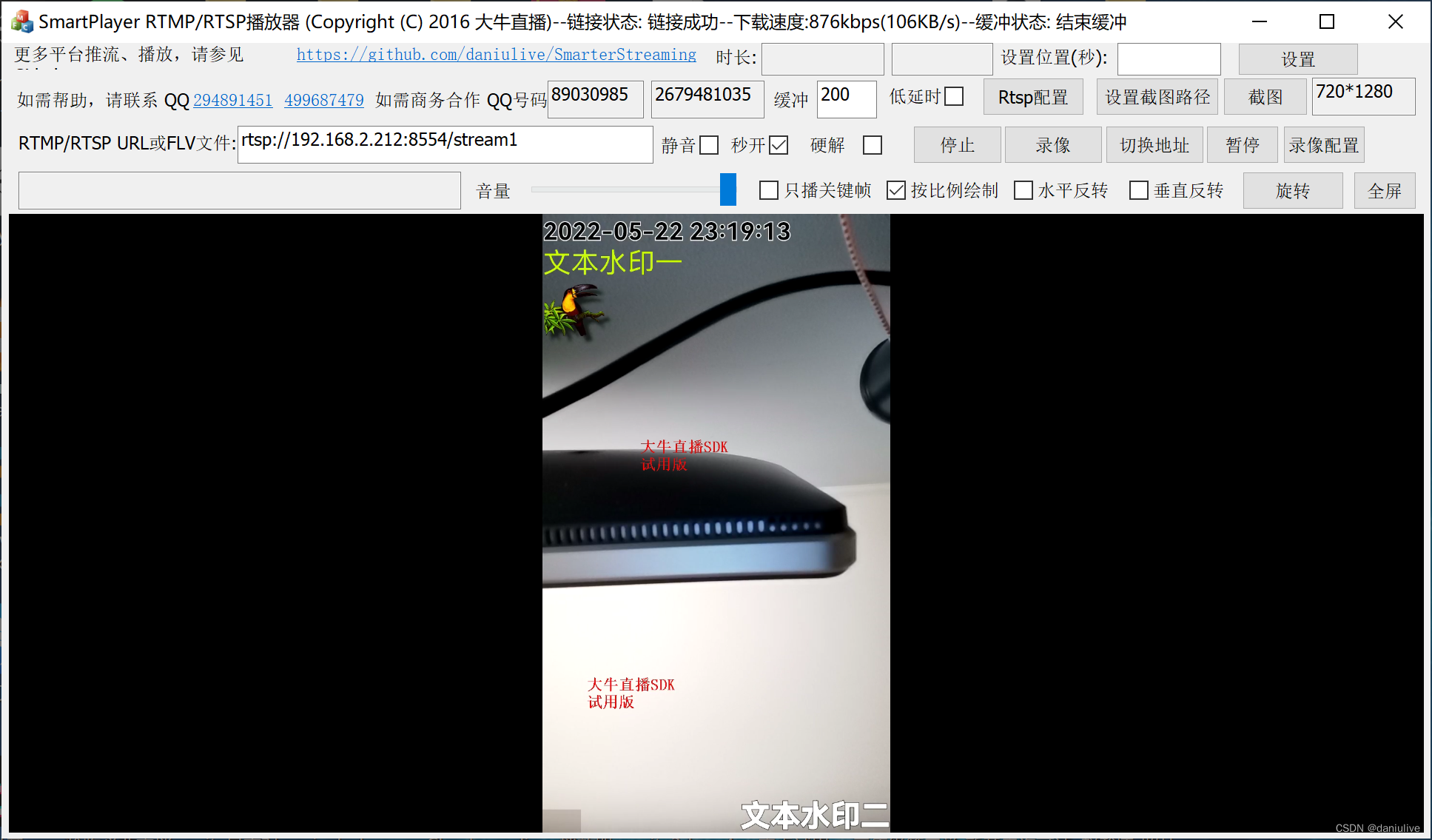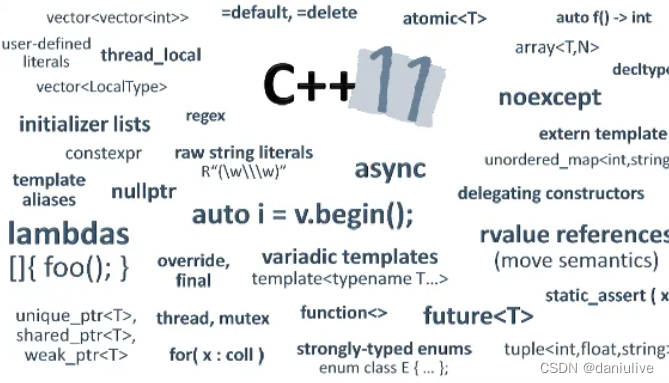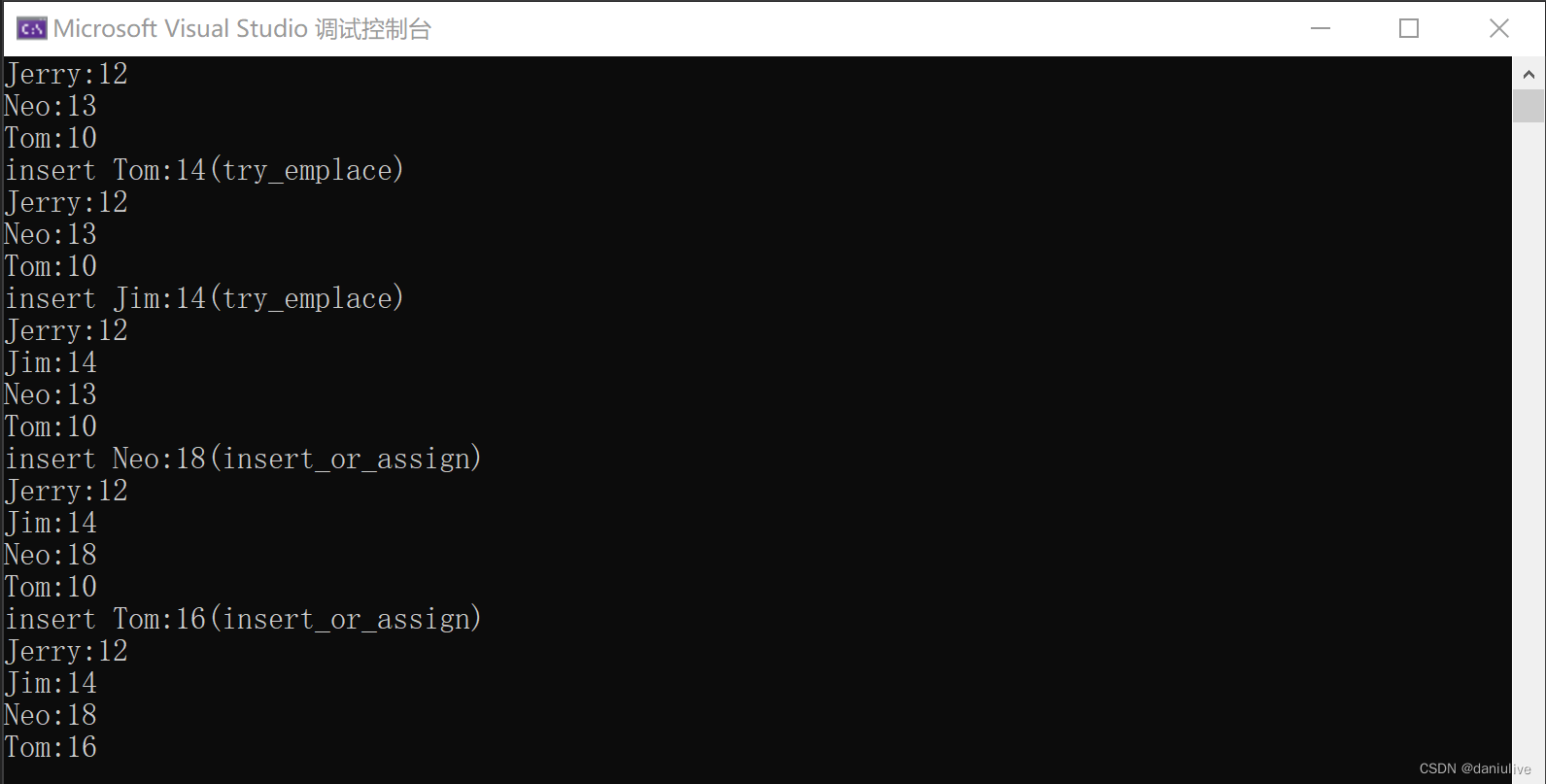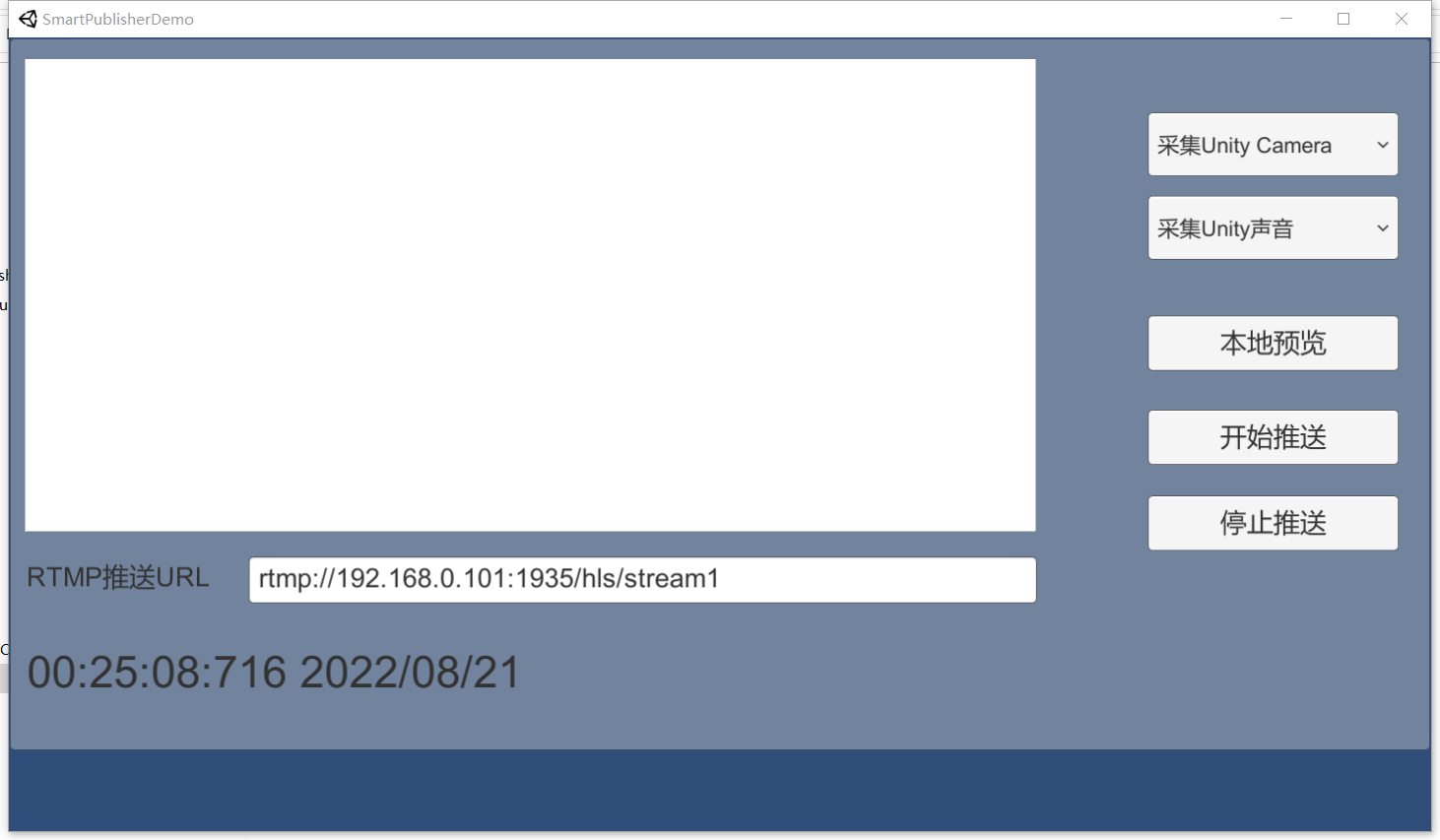std::atomic介绍
模板类std::atomic是C++11提供的原子操作类型,头文件 #include<atomic>。在多线程调用下,利用std::atomic可实现数据结构的无锁设计。
和互斥量的不同之处在于,std::atomic原子操作,主要是保护一个变量,互斥量的保护范围更大,可以一段代码或一个变量。std::atomic确保任意时刻只有一个线程对这个资源进行访问,避免了锁的使用,提高了效率。
原子类型和内置类型对照表如下:

以下以两个简单的例子,比较std::mutex和std::atomic执行效率
atomic和mutex性能比较
使用std::mutex
#include "stdafx.h"#include <iostream>
#include <ctime>
#include <mutex>
#include <thread>
#include<future>std::mutex mtx;int cnt = 0; void mythread()
{for (int i = 0; i < 1000000; i++){std::unique_lock<std::mutex> lock(mtx);cnt++;}
}int main()
{clock_t start_time = clock();std::thread t1(mythread);std::thread t2(mythread);t1.join();t2.join();clock_t cost_time = clock() - start_time;std::cout << "cnt= " << cnt << " 耗时:" << cost_time << "ms" << std::endl;return 0;
}执行结果:

使用std::atomic
#include <iostream>
#include <ctime>
#include <thread>
#include<future>std::atomic<int> cnt(0);void mythread()
{for (int i = 0; i < 1000000; i++){cnt++;}
}int main()
{clock_t start_time = clock();std::thread t1(mythread);std::thread t2(mythread);t1.join();t2.join();clock_t cost_time = clock() - start_time;std::cout << "cnt= " << cnt << " 耗时:" << cost_time << "ms" << std::endl;return 0;
}执行结果如下:

总结
通过以上比较,可以看出来,使用std::atomic,耗时比std::mutex低非常多,使用 std::atomic 能大大的提高程序的运行效率。
